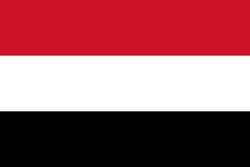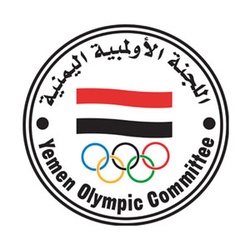Yemen meaning Happy Arabia is bordered by Saudi Arabia to the north and Oman to the East. The rest of its border is surrounded by water in the form of the Red Sea, the Gulf of Aden and the Arabian Sea.
As well as the mainland Yemen’s territory also extends to over 200 islands, including Socotra which is the largest and located off the coast of Somalia.
North Yemen and South Yemen unified as the Republic of Yemen in 1990. Previously North Yemen was part of the Ottoman Empire, until 1918 when it became independent.
The British withdrew from South Yemen in 1967 after occupying the area since 1839 when it established a protectorate around Aden.
The capital is Sanaa and more than 20% of Yemen’s GDP comes from its agricultural industry, which employs more than half of the working population.



